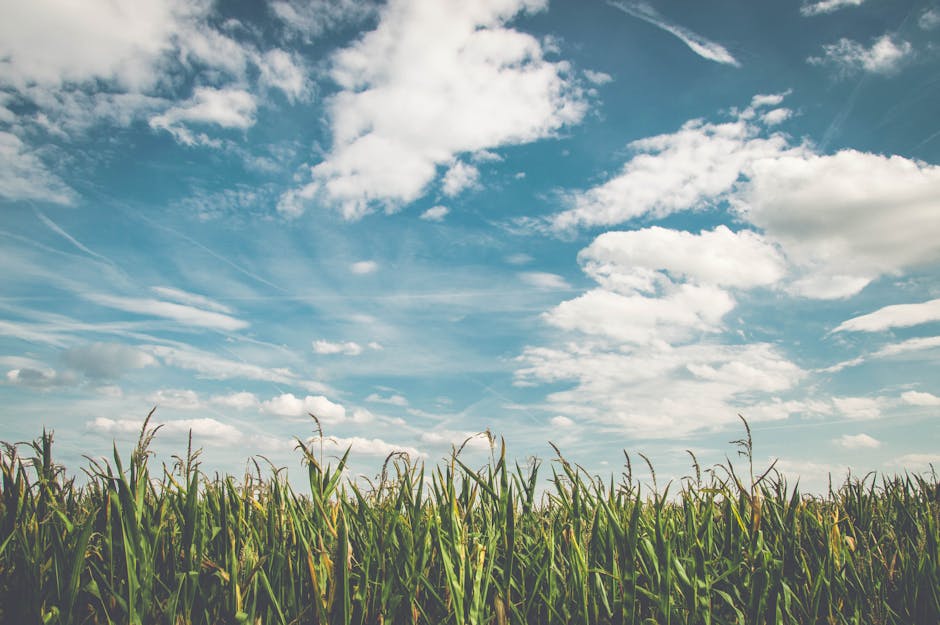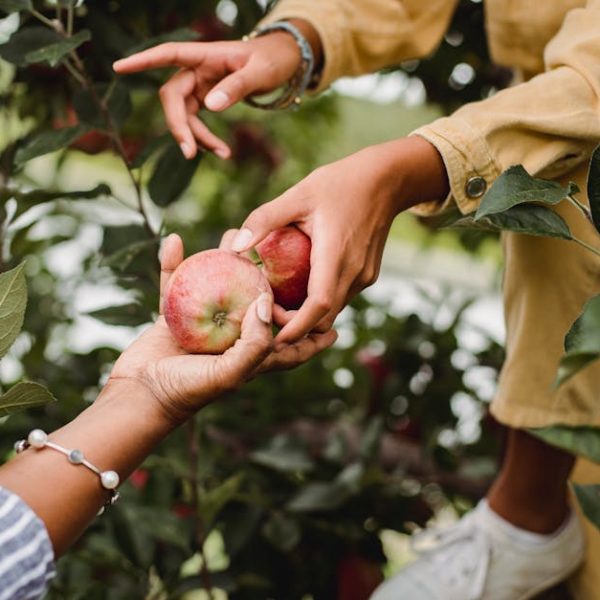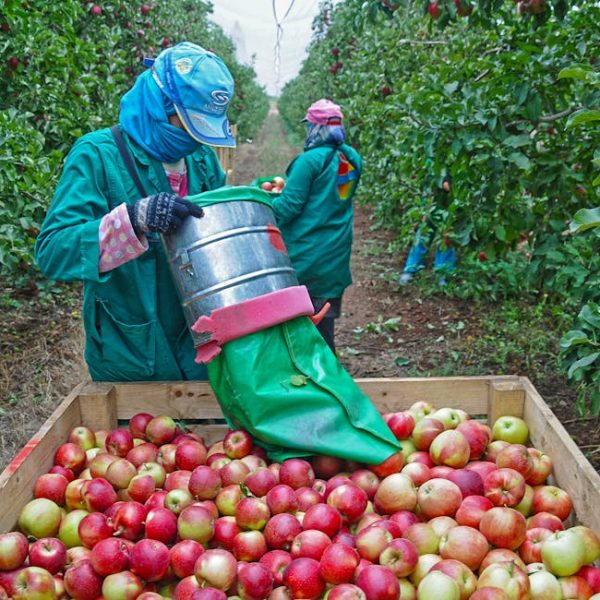The nutritional requirements of cranberries are unique because of their low PH level needs and ability to grow in poorly sorted soils. Nitrogen, phosphorus, and potassium are critical for the crop’s survival. Nitrogen assists with leaf growth and overall vitality, while phosphorus supports root and fruit development. Potassium plays a vital role in energy transfer and disease resistance. Understanding when and how these nutrients are absorbed can contribute significantly to the success of your cranberry farm.
Timing fertilization correctly is pivotal for cranberries because their needs shift throughout the growth cycle. Early in the season, cranberries require a nitrogen boost to promote leaf growth. As the year progresses, potassium and phosphorous needs rise to support fruit development. Knowing when to apply specific nutrients will ensure the cranberries are receiving the right help at the right time. Regular testing of soil nutrient levels, alongside monitoring plant health, can guide your fertilization strategy.
Early Season Fertilization: Preparation for Growth
Early fertilization acts as a springboard for the growth season ahead. The application of a nitrogen-heavy fertilizer can kick-start your cranberries into life, helping to establish robust growth initially. In this stage, a granular, slow-release fertilizer can be effective, providing a paced nutrient supply as the plants awaken from dormancy.
While this early nitrogen boost helps promote initial growth, be cautious not to over-fertilize. Excessive nitrogen at this stage could lead to ‘nitrogen drawdown,’ where high levels of vegetative growth are promoted at the expense of fruit production. This imbalance can also create an environment that encourages pests and diseases.
Fertilizing During the Growing Period: Supporting Development
Once the growing season is in full swing, your cranberries will have shifted their focus from vegetation to fruit production. This change necessitates a shift in your fertilization strategy as well. Instead of the early-season, nitrogen-heavy fertilizers, options like organic or multi-purpose formulations will provide the robust mix of nutrients required during this phase.
The growing phase also requires careful attention to nutrient balance and consistent feeding to uphold crop yield. However, overfertilization has to be avoided. Key to mastering this balancing act is the ability to read plant health indicators and respond with appropriate fertilizer application.
Table 1: Fertilizer types and their suitability during different growth stages
| Fertilizer | Early Season | Growing Period |
|---|---|---|
| Nitrogen-Rich | Suitable | Not Suitable |
| Organic/Multi-Purpose | Not Suitable | Suitable |
Equipped with the understanding of the nutrition requirements of your cranberries, you’ll be better prepared to guide them through their growth cycle. However, their journey doesn’t end at the peak of the growing period. There are still vital steps to follow pre-harvest and even post-harvest. Let’s continue!
Pre-Harvest Fertilization: Nurturing Cranberry Maturation
As the cranberry plants approach harvest time, the nutrient needs change yet again. Specific phosphorus-rich fertilizers can fortify the plants during the last stages of fruit development, enhancing the size and color of the berries. Remember, healthier berries help command better prices at market, particularly for fresh produce.
But be warned! Over-fertilization can be especially harmful at this stage, as it can cause nutrient burn or ‘oversupply’ that could negatively affect your yield. It’s crucial to ensure that an appropriate balance of nutrients is maintained, to avoid damaging the plant or fruit.
Pro Tips:
- Monitor the plants’ progress and tailor your application based on their needs.
- Time your fertilization to allow the nutrients to be fully absorbed before harvest.
- Opt for organic, phosphorus-rich fertilizers that promote fruit development without causing harm.
Pre-Harvest Fertilization Checklist:
1. Begin by examining the soil nutrient levels.
2. Opt for an appropriate, phosphorus-rich organic fertilizer.
3. Monitor the development/ripening of the cranberries.
4. Always apply with consideration to avoid oversupply or nutrient burn.
Post-Harvest Fertilization: Ensuring Sustainable Cranberry Cultivation
Now that the fruits of your labor have been harvested, it’s time to shift your attention to preparing your cranberry plants for the next growing season. Post-harvest fertilization allows for the replenishment of nutrients that have been depleted throughout the growing process. This investment in the health of your cranberry beds should not be underestimated for the sake of sustainable cultivation.
There are several benefits to post-harvest fertilization, such as stress relief for the plants and enhanced disease resistance. But, bear in mind that over-fertilization post-harvest could lead to nutrient leaching, where nutrients can be washed out of the soil and into nearby water sources, causing environmental harm.
Pro and Cons:
- Pros: Stress relief for the plants, increased disease resistance, and healthier plant stock for the following year.
- Cons: Potential nutrient leaching if over-fertilized, leading to environmental harm.
Best Practices for Post-harvest Fertilization:
1. Test the soil for nutrient levels post-harvest to determine requirements.
2. Choose a balanced, slow-release granular fertilizer to replenish soil health.
3. Apply the fertilizer evenly across the beds, avoiding over concentration.
4. Monitor the health of the plants, adjusting fertilization as necessary.
In summary, understanding and responding to the specific nutritional needs of cranberry plants at every stage – pre-season, growing period, pre-harvest, and post-harvest – is the key to successful cranberry cultivation. By harnessing the power of properly timed fertilization, you can ensure optimal crop yield and sustainable farming practices. So roll up your sleeves and let’s get those cranberries thriving!
Key Takeaway:
- Cranberry plants require specific nutrients such as nitrogen, phosphorus, and potassium, which are crucial at different stages of their life cycle.
- Proper timing and application of these nutrients can significantly determine the success of cranberry cultivation.
- Caution is needed to avoid overfertilization, which might lead to ‘nitrogen drawdown,’ nutrient burn, or oversupply, often resulting in plant health problems and decreased yield.
- Post-harvest fertilization is just as important as pre-season or growing period fertilization, as it helps to replenish the depleted soil nutrients and prepare plants for the next growing season.
Let’s remember, cultivating cranberries successfully not only requires in-depth knowledge of their nutrient demands but also the timing of their application. With careful and considerate application of these insights, you can indeed reap a bountiful cranberry yield! Maintain a habit of regular soil testing, keep your eye on the health of your plants, and adjust your fertilization based on the needs of your cranberry bed. Enjoy the rewarding journey that is cranberry cultivation.
FAQs
Q: What are the consequences of overfertilizing cranberries?
A: Overfertilization can prompt excessive vegetative growth at the expense of fruit production. It can also cause nutrient burn or oversupply, which could negatively impact your yield and plant health. Overfertilizing post-harvest could result in nutrient leaching, leading to possible environmental harm.
Q: What type of fertilizer is best for the early growing season?
A: During the early growing season, a granular, slow-release nitrogen-rich fertilizer is usually effective for jump-starting the cranberries’ growth.
Q: How does the nutrient requirement of the cranberries change during the growth period?
A: Once the cranberry plants start focusing on fruit production in the growing season, there’s a shift from nitrogen-heavy fertilizers to options like organic or multi-purpose formulations that provide a balanced mix of necessary nutrients.
Q: What role does phosphorus play during pre-harvest fertilization?
A: Phosphorus-rich fertilizers can fortify the cranberries during the maturation and ripening phases, enhancing the size, color, and quality of the berries.
Q: Why is post-harvest fertilization crucial for cranberry plants?
A: Post-harvest fertilization allows for replenishing soil nutrients that have been depleted throughout the growing process, preparing the cranberry plants for the next growth season and ensuring sustainable cultivation.
Don’t forget to share this article with fellow cranberry growers who might find this information useful. For more insights and advice, explore more posts on our website!






